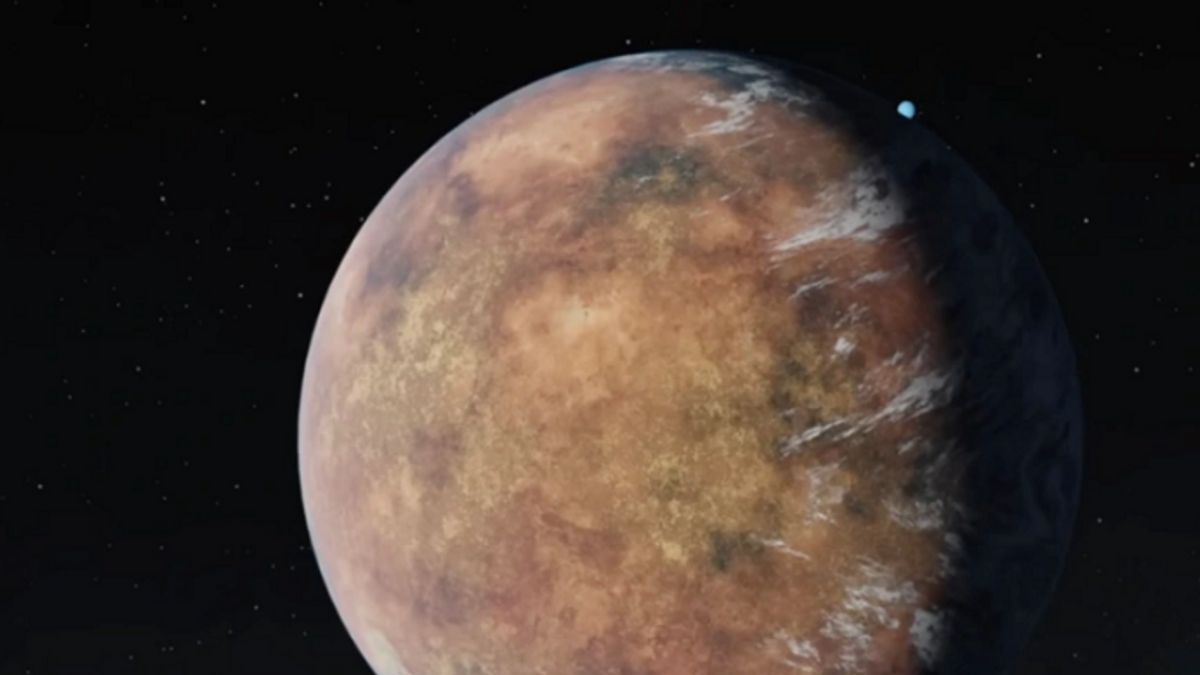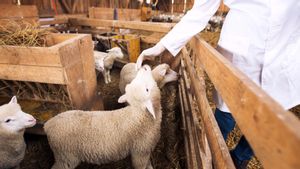JAKARTA - The National Aeronautics and Space Administration (NASA) has discovered a second exoplanet that may have ever hosted life. Uniquely, the planet has a size that is 95 percent similar to Earth.
Dubbed TOI 700 e, the planet is located about 100 light years from Earth in the habitable zone of a red dwarf orbiting it by TOI 700.
TOI 700 e is the fourth planet ever discovered. With that proximity, it is claimed that there is water on its surface, suggesting it may be suitable for life like it is on Earth or even life there. All these exoplanets were discovered by NASA's Transiting Exoplanet Survey Satellite or TESS missions.
"Ini adalah salah satu dari sedikit sistem dengan banyak, planet kecil, zona layak hunian yang kita tahu," kata penulis untuk Emily Gilbert, seorang postdoctoral following di NASA's JPL di Pasadena, California, AS dalam sebuah pernyataan.
NASA believes it is a rocky planet that is 95 percent similar to Earth's size. A neighboring planet with similar life-carrier characteristics was identified by TESS in 2020.
Overall, the satellite has found 285 confirmed exoplanets and more than 6,000 candidates. TESS found the planet by looking at the change in the brightness of massive stars for about a month each time.
The fluctuations show that a planet has passed between its telescope and its so-called transit stars. The two remaining exoplanets in the TOI 700 system orbit too close to the star that it does not resemble Earth.
One of the planets, TOI 700 b, measures 90 percent Earth size and orbits the star every 10 Earth days. TOI 700 c is 2.5 times larger than Earth and ends its orbit every 16 days.
NASA says planets tend to be tidally locked, meaning they rotate only once per orbit so that one side always faces the star, just like the one side of the Moon always leads to Earth.
In comparison, two planets that may be habitable, TOI d and e, have longer orbits of 37 days and 28 days, respectively.
"It makes the TOI 700 system an interesting prospect for additional follow-up. Planet e measures about 10 percent smaller than planet d, so the system also shows how additional TESS observations help us find a smaller world," Gilbert said. from CNN International, Thursday, January 12.
Red dwarfs like TOI 700 are common in the universe, and many have been found to host exoplanets in recent years, such as their TRAPPIST-1 system and its seven exoplanets to be observed by the James Webb Space Telescope.
The discovery of the fourth planet was announced yesterday at the 241st meeting of the American Astronomical Society in Seattle, USA and a study of exoplanets has been received for publication by The Astrophysical Journal Letters.
The English, Chinese, Japanese, Arabic, and French versions are automatically generated by the AI. So there may still be inaccuracies in translating, please always see Indonesian as our main language. (system supported by DigitalSiber.id)








